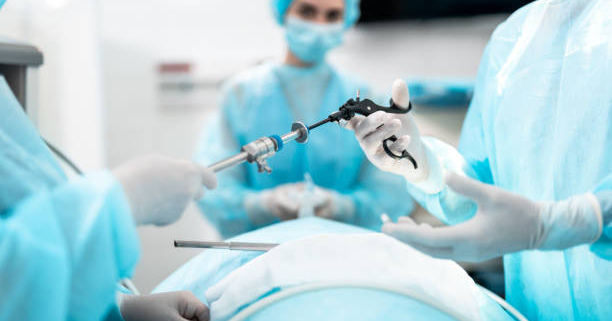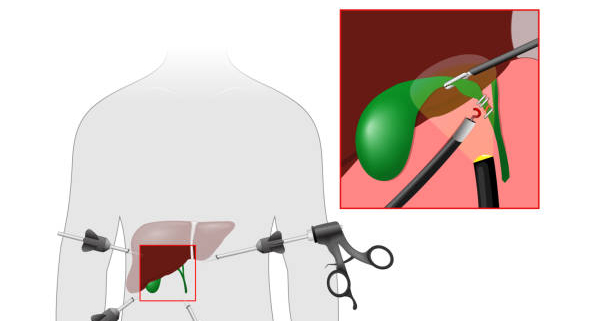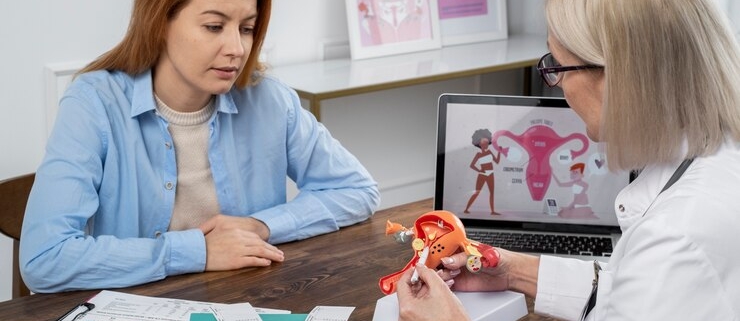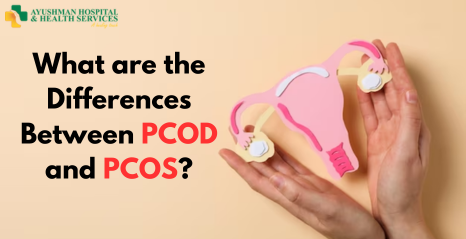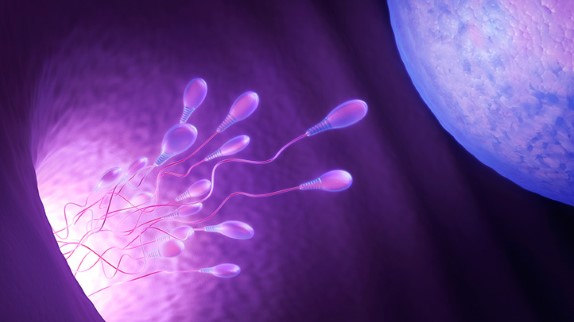Ayushman Hospital’s Complete Guide to Caesarean Section Surgery
A cesarean delivery, also known as C-section, is a surgery performed to deliver a baby through an incision made on the mother’s abdomen and uterus when a vaginal birth will be detrimental to either or both mother and child. It is done by making an incision on the mother’s abdomen and uterus to deliver the baby. At Ayushman Hospital, Dr. Anju Kumar, whose care is outstanding, we perform modern and safe Caesarean deliveries, ensuring the optimal health of mother and baby.
What Are the Reasons for Performing A C-Section?
C-section surgery can be pre-planned (elective) or ordered because of complications during labor. Some of the factors that indicate the need for a C-section include the following:
- Breech or Abnormal Positioning. If a baby is in a feet-first position, sideways, or other unallowable positions, the mother will need a C-section.
- Previous C-Section. Women who had a Previous C-Section may require another due to some complications or they are highly likely to experience a rupture in the uterus.
- Maternal Health Conditions. Worrisome health conditions for a mother like high blood pressure, preeclampsia, diabetes, or other infections need a safer approach to child birthing, and this is why a C-section is more appropriate than a vaginal birth.
How is the Caesarean Section Performed?
Anesthesia Administration. The mother will be given either spinal anesthesia or epidural anesthesia that numbs her lower body while keeping her awake. In cases of emergencies, general anesthesia will be utilized.
- Incision the Abdomen. For minimum scarring, horizontal incision is made just above the pubic area (bikini line) which is more convenient for good healing.
- Uterine Incision and Baby Delivery. The doctor will perform a second incision in the uterus until he is able to deliver the baby safely.
- Cord Clamping and Placenta Removal. The Umbilical cord will be cut and after that the placenta will be detached from the uterus.
- Closure of Incisions. The mother will be taken to rest for some observation after the careful suturing of the abdomen and uterus.
- The whole process usually lasts around 45-60 minutes, but the baby is generally delivered during the first 10-15 minutes.
Recovery and Aftercare
In comparison, recovery from a C-section takes longer than from a vaginal delivery, but with adequate attention, most mothers do heal effectively. Important points in recovery include:
- Hospital Stay – The majority of women are admitted for observation for 3-4 days after surgery.
- Pain Management – Pain medication is given for relief of discomfort after surgery.
- Incision Care – It is important to keep the wound neat and dry to guard against infection.
- Avoid Heavy Lifting – Mothers are advised not to lift heavy loads for at least six weeks.
- Gradual Movement – Patients are encouraged to take early walks after surgery to minimize blood clots and assist healing.
- Breastfeeding Support – Our team helps new mothers with comfortable breastfeeding positions after surgery.
Possible Risks and Complications
Even though C-sections are safe, there are some possible complications, which are:
- Infection in the incision or the uterus
- Bleeding too much (hemorrhage)
- Blood vessels in the lungs or legs developing clots
- Breathing problems for newborns, particularly for those born preterm
- Unlike vaginal delivery, the recovery period is longer
- Development of scar tissue which may be problematic in future pregnancies
Why Choose Ayushman Hospital for a Caesarean Section?
At Ayushman Hospital, we ensure the mother and baby are safe and comfortable. Under Dr. Anju Kumar’s guidance, world-class maternity care is provided along with a team of specialists. This includes:
- Modern facilities including operating theaters and NICU
- Prenatal and postnatal care
- Always available emergency room services for complicated pregnancies
- Custom birthing plans and family participation
- Effective programs for pain and recovery
Book Your Consultation
If you have questions about delivery options or if you are pregnant and wanting a C-section, get in touch with Dr. Anju Kumar at Ayushman Hospital. We guarantee comprehensive maternity support so you can safely and joyfully give birth. From strong support to expert care, your journey to becoming a mother starts here!

